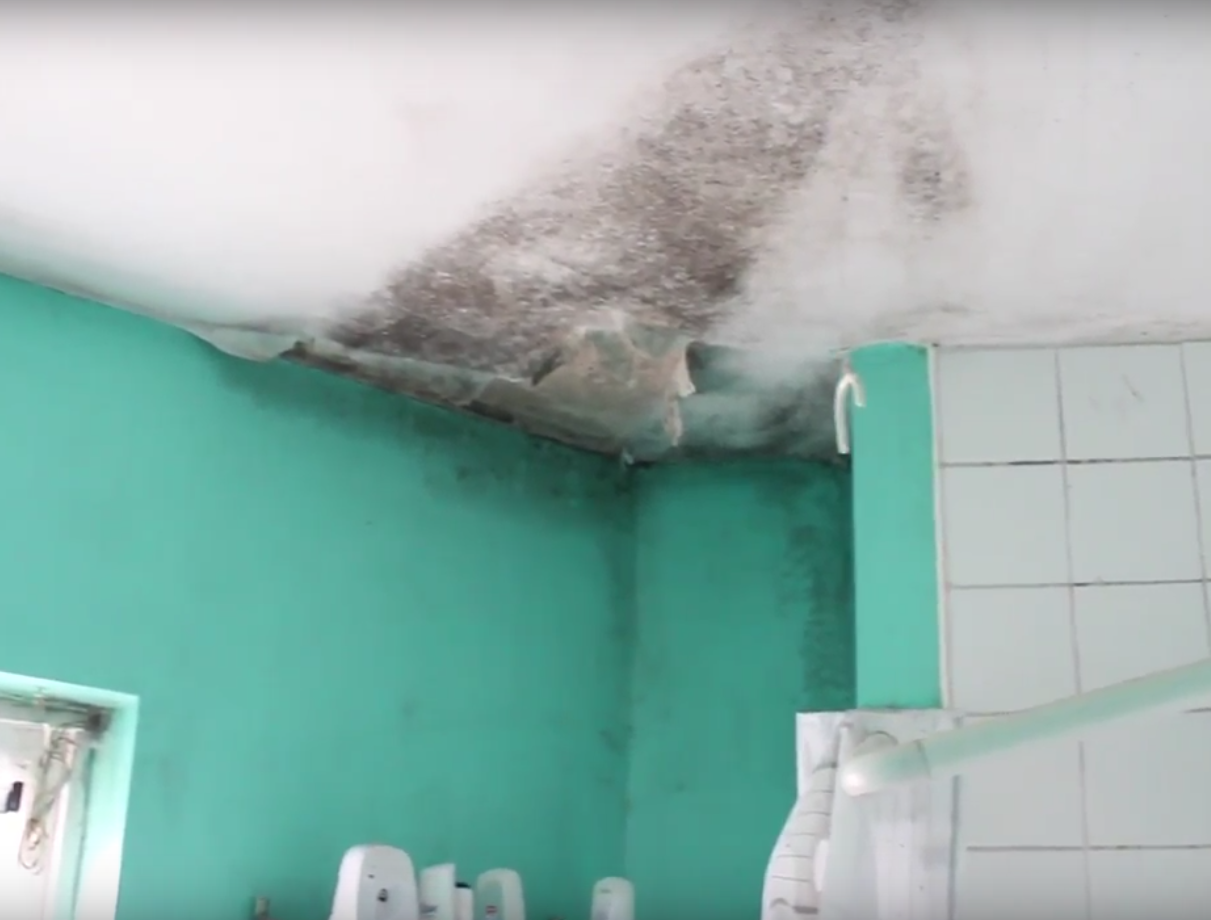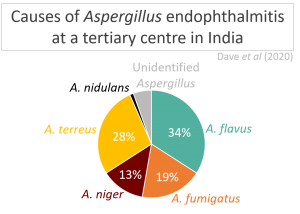Submitted by GAtherton on 12 December 2016
GAFFI (Global Action Fund for Fungal Infection) has highlighted a report from the Community Action Network of Dublin, Ireland that finds that the levels of damp and consequent fungal (and other microbe) growth are affecting two thirds of the homes and the respiratory health of three quarters of those tenants is being seriously impacted. Those people in the report live in a particular housing estate run by the local council. In Ireland such issues are currently treated as being the fault of the tenant and their lifestyle choices but the report sets out to provide evidence to disprove that assumption.
Condensation in a home is caused by water vapour in the air coming into contact with a cold surface. The wetter the air and colder the surface, the more condensation produced! If we can reduce the amount of water in the air or remove the cold surfaces we might reduce the amount of condensation, but this can be difficult. Removal of cold surfaces will remove localised condensation but might inadvertently leave more water in the air. In some cases If that isn’t removed then when the air cools – most often at night when heating is reduced – the air will have to give up some of that water on walls, floors, furnishings etc. The net effect can be generalized damp and more condensation.
It is often assumed that there are lifestyle habits that are common amongst tenants that make matters worse – and the council in question are reported as making that assumption:
- One example is the drying of wet laundry on radiators inside the home as that can release litres of moisture into the air – surely if we advise that tenants change to a condensing tumble dryer or dry clothes our of doors then damp problems will be a thing of the past? As ever life isn’t as easy as that – tumble drying is expensive for example and some low income families would find that an onerous burden on top of heating their home.
- Perhaps we could advise tenants to open windows more to let the humid air out? Again that will help but is not the complete answer as a lot of expensively heated warm air will be lost when the weather is cold outside and not unreasonably some tenants will be unwilling to comply in an effort to keep warm
The report produces some information on where the moisture in the air of a home might come from, and there are some surprising facts:
- A person could perspire and exhale (grams of water)
- 40 g of water vapour per hour when sleeping
- 70 g/h when seated
- 90 g/h when standing or doing housework.
Theoretically, if the occupants didn’t leave the dwelling, slept for seven hours, sat for ten hours and stood or did housework for seven hours each person could generate 1.6 Kg (equivalent to 1.6 litres per person) of moisture purely due to metabolic moisture generation.
Theoretically therefore, three occupants could produce 4.8 kg and six occupants (potentially in the same size of dwelling ) could produce 9.6 kg (9.6 litres per day), regardless of whatever appliances they use, how often they shower or where they dry their clothes. It is clear the level of occupancy and the duration to which occupants are present each day can be key drivers of moisture content. Needless to say pets will add to this figure.
On top of that amount of water people need to cook, clean & wash
- Weight of water vapour (i.e. moisture) released by various domestic activities (grams of water):
- Cooking with gas cooker: 3,000 g/day
- Cooking with electricity: 2 000 g/day
- Dishwashing: 400 g/day
- Washing clothes: 500 g/day
- Drying clothes indoors: 1,500 g/day
- 15 minute shower: 600 g per person (Note: no doubt modern power showers generate more produce much more)
We might imagine that in a typical home with six occupants we might reach nearly 20 litres of water that is pushed into the air inside the house. Much of it is released as warm air so will stay in the air until the air cools (NB warm air will hold more water in the form of vapour compared with cold air). In a colder home that process will happen more quickly compared with a warmer home, but of course unless it is removed from the home it will stay in the air but only until the heating switches off!
How do we remove warm wet air without losing the heat?
One answer to this conundrum could be to fit good quality heat recovery mechanical ventilation. This claims to retain up to 90% of heat in the home while at the same time remove wet air before it condenses and replace with dryer outside air that is prewarmed. The snag is the cost of purchasing and fitting the ventilation but it isn’t difficult to imagine that the heat saved will gradually pay for the fitting and running of the ventilation equipment and systems are available for those on tighter budgets. There are also large savings to be made in the reduction of building maintenance required to repair the impact of damp and condensation on decorations, furniture and building structure in problem homes. Again this is not as simple a solution as it first appears as there are many documented cases of tenants switching noisy machines off, of ventilation ducting becoming blocked (or worse still damp and mouldy) so maintenance is vitally important. Tenants must still be educated into the purpose of these devices and how they work, and trusting partnerships built up between tenant and owner (e.g. council).
Reduction in occupancy is another possibility though probably a little more difficult to achieve quickly!
News archives
-
Title
Date



